YNBO- barely baked bakewell tart
Val has exited the tent. I realize that she was probably never going to win, but I did have a soft spot for her. I love that fact that baked from memory and challenged Paul “we like our Danishes a little soft in the middle in our house”. It also turns out that she makes a Bakewell tart weekly. Who makes any tart weekly? Let alone a Bakewell? To be perfectly honest I don’t think I have ever tried bakewell tart, but I do love the combination of fruity jam, marzipan and a biscuity base.
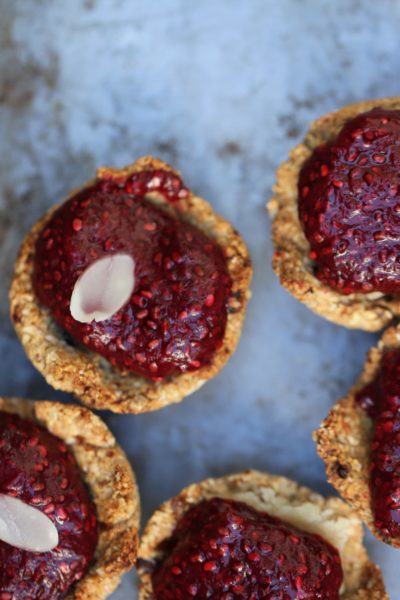
I thought about tackling danish pastries or filo pastry this week, but filo seemed like a crazy crazy idea and most filo that you can buy ready made is plant based anyway, and danish pastries just don’t excite me. Lets not lie, if there was only one option for a Scandinavian treat it would OBVIOUSLY be the cinnamon bun!
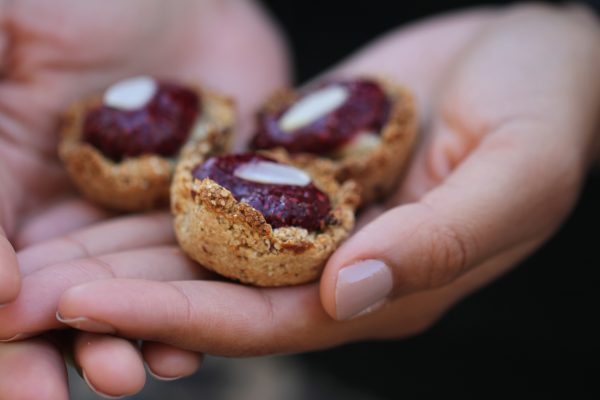
So this morning I set about making the YNBO version of the bakewell tart. Knowing that the case would be holding marzipan and a sweet jam layer I didn’t want to make the dough too sweet. I used oats, ground down into a flour, added ground almonds and then used a ripe banana to bind it all together. A teaspoon of coconut oil and one date for added stickiness and I had the perfect consistency. If you can’t tolerate nuts you could easily not add them. This dough tastes amazingly good, not too sweet but somewhat decadent. It would be great rolled into balls or made into bars as a post or pre workout snack….
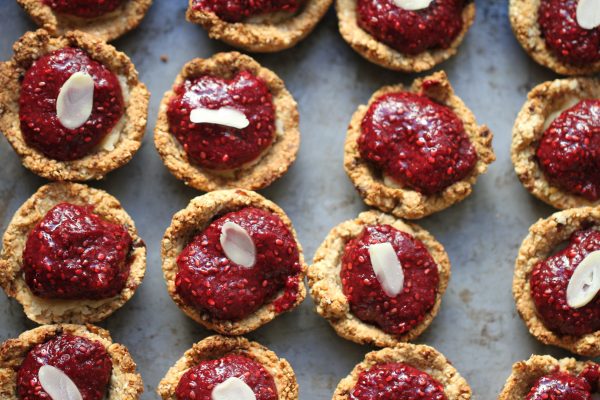
I pressed the dough into mini muffin tins and baked for 15 minutes until they were golden and crunchy. Then all I had to do was fill them with a spoonful of homemade marzipan and top then with a spoon of extra thick cherry and damson chia jam. So simply, so delicious. These barely baked bakewell tarts are the perfect afternoon treat, paired with a rich espresso and shared with friends.
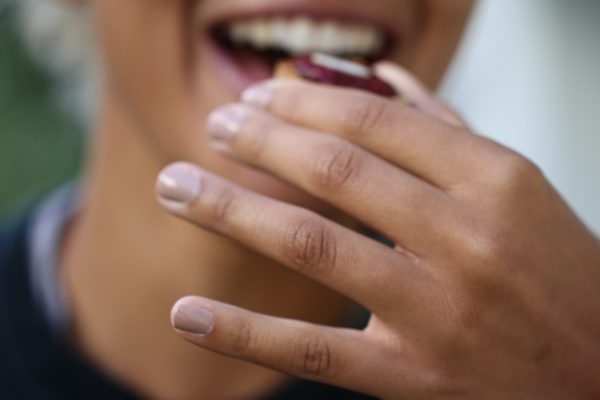
Barely Baked Bakewell Tart – makes 24 mini tarts
Ingredients (base)
200g oats
3 tbsp ground almonds
1tsp coconut oil
1 ripe banana
1 date
Method
Preheat your oven to 160C
Place the oats into a food processor with the almonds and grind down into a flour
Add in the banana and the oil and process until a dough begins to form
Add in the date and pulse until combined
Press the dough into mini muffin tins and bake for 15mins
Remove and allow to cool
Ingredients (Marzipan)
150g blanched almonds
1.25 tbsp maple syrup
1 tbsp rosewater
Method
Place the almonds into a food processor & pulse until you have a fine flour like powder
Add in the syrup & rosewater
Pulse until you have a dough
Roll into balls or any shape you like
Store in the fridge for up to a week
For the chia jam I used this recipe but substituted the blueberries for half cherries and half damsons. I also added an extra tbsp of chia to make it extra thick.

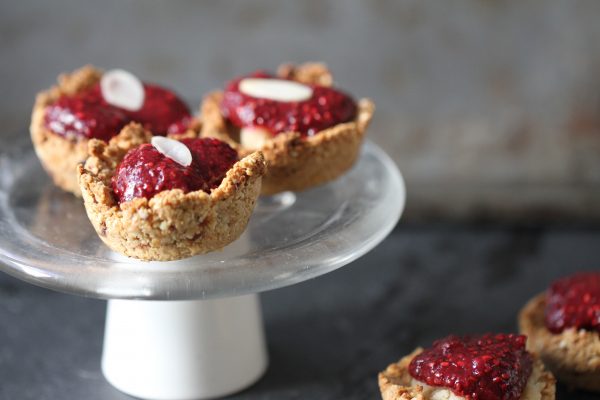
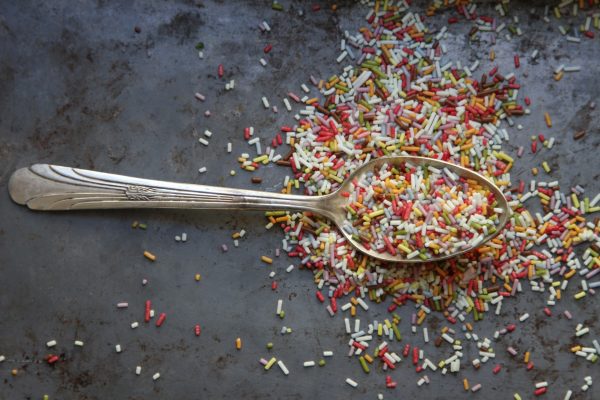
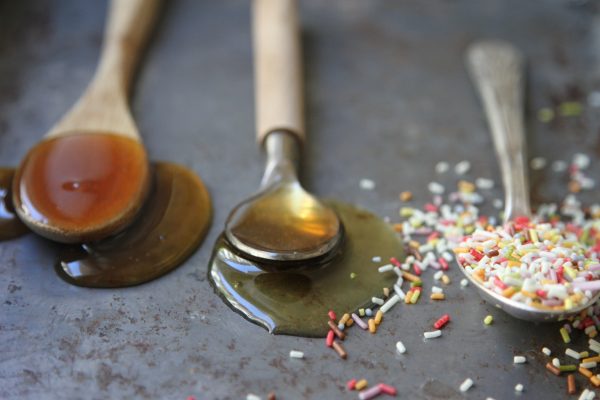
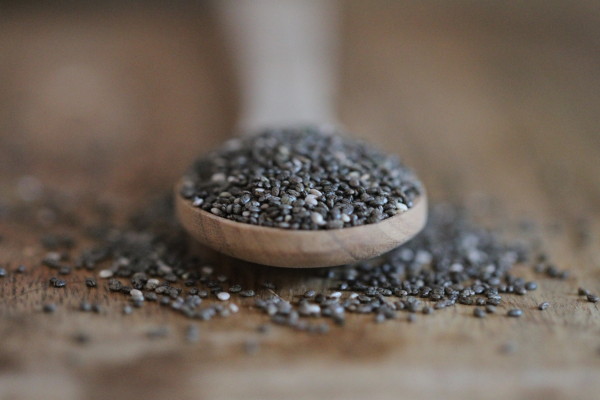
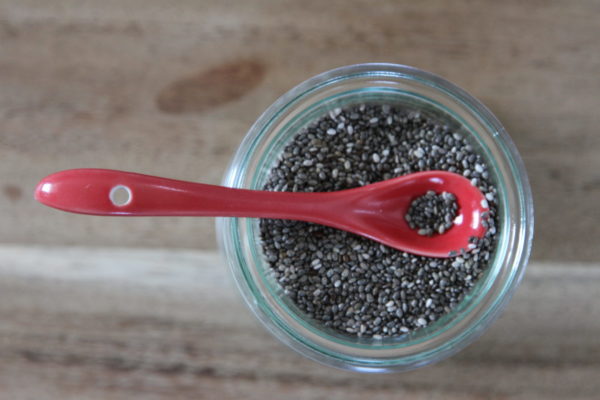
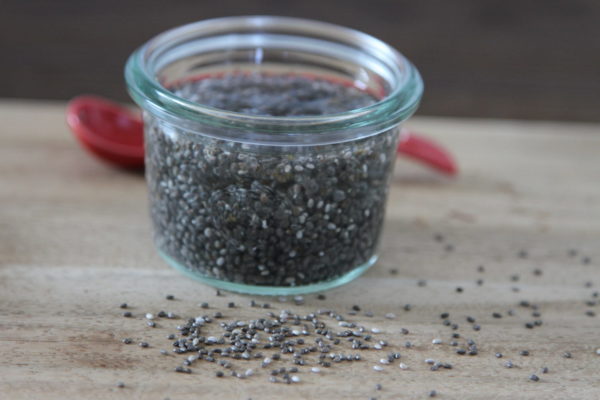
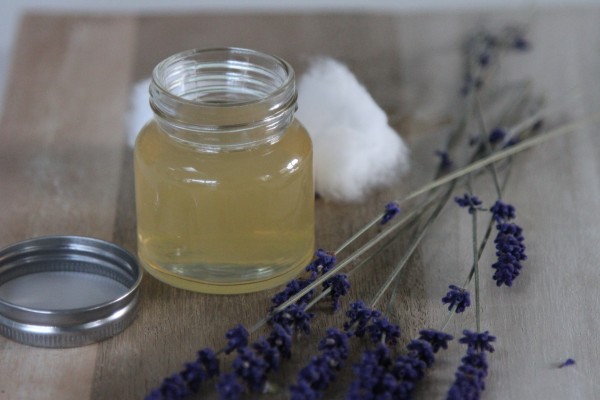
Let’s Hang Out